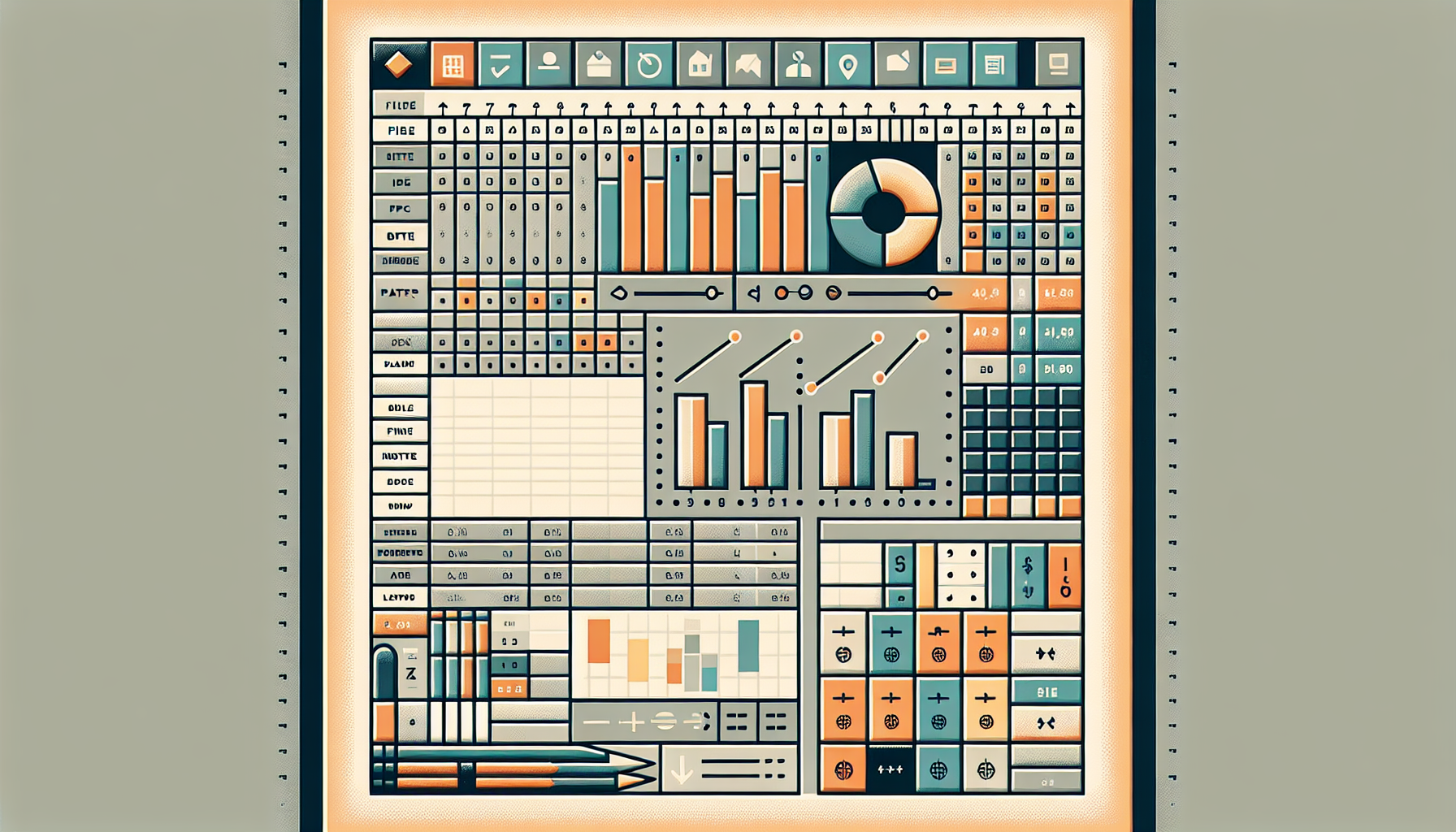“`html
Introduction to Excel VBA Application Object
The Application object in Excel VBA is a crucial element for anyone looking to automate tasks and enhance their productivity within Excel. This object represents the entire Excel application and provides properties and methods to control Excel as a whole. By mastering the Application object, you can perform various operations such as controlling the user interface, interacting with other Office applications, and manipulating Excel settings.
How to Use the Application Object
Using the Application object in VBA is straightforward. You can access it directly in your VBA code without needing to create an instance of it. This object is globally available in all Excel VBA projects, making it easy to utilize its properties and methods.
Here is a simple example of how to use the Application object:
Sub ShowMessage()
Application.StatusBar = "Hello, Excel VBA!"
MsgBox "Welcome to Excel VBA Programming"
Application.StatusBar = False
End Sub
Common Properties of the Application Object
The Application object offers a wide range of properties that allow you to customize the Excel environment. Below are some commonly used properties:
- Application.Name: Returns the name of the application (e.g., “Microsoft Excel”).
- Application.Version: Returns the version number of Excel.
- Application.Workbooks: Returns a collection of all open workbooks.
- Application.ScreenUpdating: Controls whether the screen updates while the code is running.
- Application.Calculation: Sets or returns the calculation mode (automatic, manual).
Example: Using Application Properties
Let’s see an example that utilizes a few of these properties:
Sub ApplicationPropertiesExample()
' Display the name and version of the application
MsgBox "You are using " & Application.Name & " version " & Application.Version
' Turn off screen updating to speed up the macro
Application.ScreenUpdating = False
' Perform some operations (e.g., opening a workbook)
Workbooks.Open "C:\Path\To\Your\Workbook.xlsx"
' Turn on screen updating again
Application.ScreenUpdating = True
End Sub
Common Methods of the Application Object
The Application object also provides several methods that you can use to perform actions. Some of the frequently used methods include:
- Application.Quit: Closes Excel.
- Application.Calculate: Forces a recalculation of all open workbooks.
- Application.Run: Runs a specified macro.
- Application.Wait: Pauses the macro until a specified time.
Example: Using Application Methods
Here is an example that demonstrates the use of some common methods:
Sub ApplicationMethodsExample()
' Calculate all open workbooks
Application.Calculate
' Wait for 5 seconds
Application.Wait Now + TimeValue("00:00:05")
' Run another macro named "MyMacro"
Application.Run "MyMacro"
' Close the Excel application
Application.Quit
End Sub
Conclusion
The Application object in Excel VBA is a powerful tool that provides a wide range of functionalities for controlling and customizing the Excel environment. By understanding and using its properties and methods, you can significantly enhance your ability to automate tasks and improve efficiency. Practice using the Application object with the examples provided to get a better grasp of its capabilities.
“`

